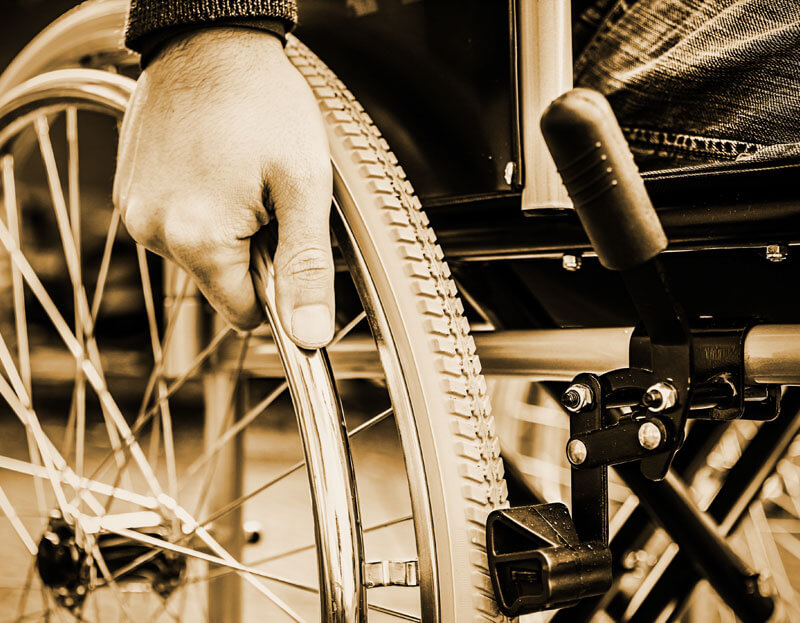What is a Seating Assessment?
For disabled persons using wheelchairs and other mobility or positioning systems, an assessment and fitting by a profession is a must. A poorly fitted chair can lead to pressure injury, pain, and difficulty transferring and in and out of the chair.
Considerations include the physical conditions of the patient, strength and endurance in arms and hands. There are different evaluations for ultra-light manual wheelchairs, regular manual wheelchairs, scooters, power wheelchairs and standing wheelchairs.
Seating assessments are usually done in the physical therapy department of large hospitals and rehabilitation facilities. The CPT code 97542 (wheelchair management, for each 15-minute interval) is for assessment, fitting and training. The first visit will be to determine what kind of mobility device will be most appropriate and it is common to have a one-hour PT visit for this. Once the device has been obtained, then return visits are needed for custom fitting and training in the particular chair. Every time a new wheelchair is purchased, a fitting and training session may be needed again. Children may need fitting as they grow, to determine if an adjustment can be made to the current device or if a new device is needed.
Resources
American Physical Therapy Association (APTA): Seating & Wheeled Mobility (2016). Retrieved November 12, 2018 from http://www.apta.org/SeatingWheeledMobility/
ScienceDirect: Wheelchair Seating: Wheelchair Skills, Alicia Koontz, RET, ATP, PhD, Mary Shea OTR, ATP, MA in Spinal Cord Injuries: Management and Rehabilitation, 2009.
Permobil: Why is wheelchair seating and positioning important for our residents? Ana Endsjo, MOTR/L, CLT. Retrieevd November 12, 2018 from https://hub.permobil.com/blog/why-wheelchair-seating-positioning-important-for-residents


